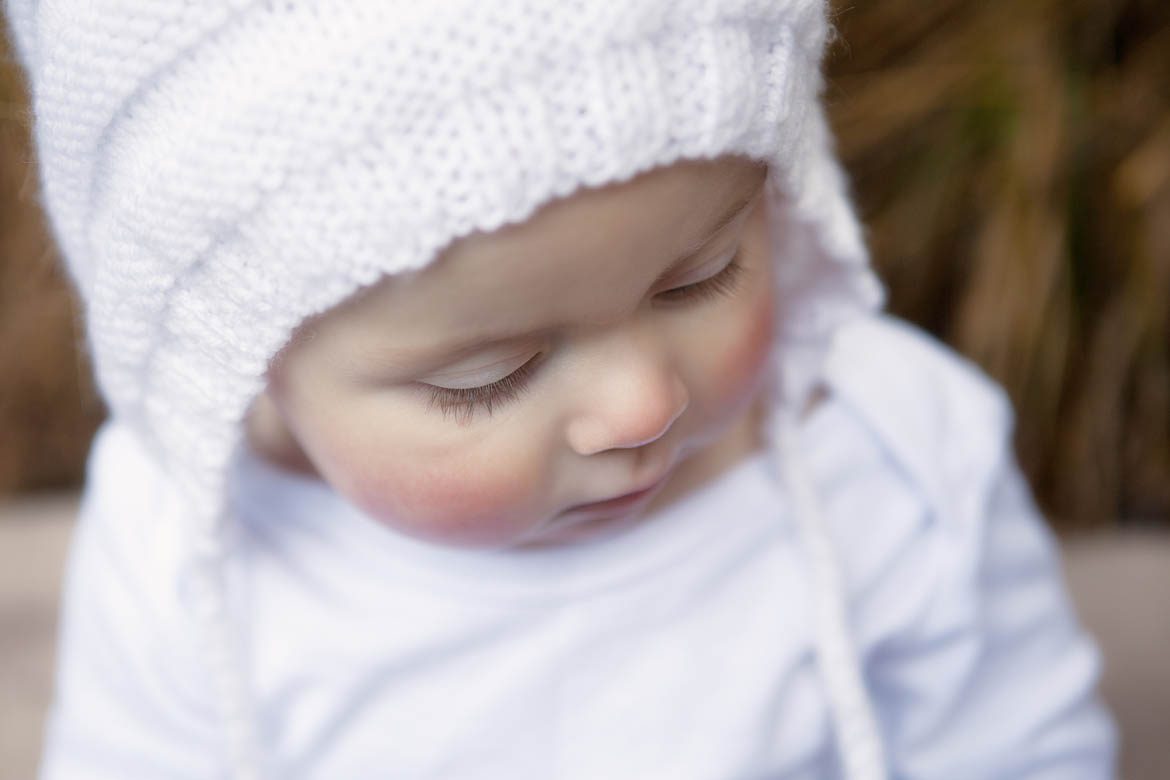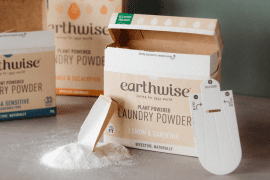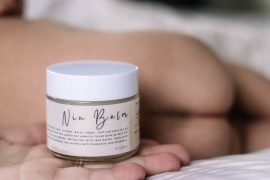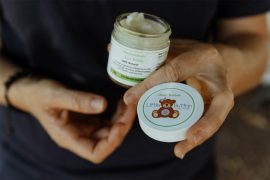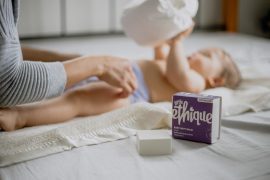Increasingly as consumers we are inundated with such a vast variety of products that choosing the ‘right’ one for ourselves or our children is a task any busy mother finds daunting. Upon wandering into the infant and child isle in any supermarket we are immediately blinded with an array of colours and words, each telling us why theirs is superior and why we should buy. I’m sure many of us here (I know I am) are guilty of grabbing either the cheapest, or in my case, the prettiest.
This is especially so when it comes to skincare. I’m a sucker for a fancy bottle, or some claim informing me of how my life (and skin) is about to be transformed. However, choosing organic and natural products for children is a must.
Up to 60% of what is applied to a baby’s skin will be directly absorbed into their bloodstream. A scary thought with commonly found ingredients such as parabens, dioxins and sulphates. Many of these chemicals also contain dangerous carcinogens, of which babies and children are at much greater risk of absorption than adults. A recent study by the EPA in America found that infants up to age two, are on average ten times more vulnerable to carcinogenic chemicals than adults, and for some cancer-causing agents are up to 65 times more vulnerable.
There’s nothing more important to you than your little one, so it’s imperative to know what you don’t want to put on their sensitive skin, so you can make better choices about what you do.
No to hidden fragrances
A baby’s skin is ten times thinner than yours, and their sebaceous glands are not yet fully developed which in turn makes them far more sensitive to chemicals and toxins. Just like us, children’s skin is their largest organ, and their rapidly growing and dividing cells make them far more sensitive to disruptive toxins than adults. Most fragrances are often synthetic, and when the term ‘fragrance’ is used on the back of a product, it can often indicate the presence of up to 4,000 separate ingredients. Studies involving clinical observation by medical doctors have shown that repeated exposure to fragrances can create symptoms such as rashes and vomiting. Fragrance is a common culprit in children’s products, especially in lotions. Despite the delicious smells, fragrances are often linked to allergies, skin irritations eczema and is often toxic to various organs in the body. Worryingly, fragrances are often used to mask the smell of more potent smelling chemicals in products.
No to Parabens
Parabens are frequently used preservatives in many cosmetic products such as lotions, moisturisers, shampoos and conditioners. They have multiple names, so be sure to look out for anything ending in paraben in your little one’s products. Studies have proven parabens to show organ system toxicity and developmental/reproductive toxicity. Whilst this was low for adults, keep in mind that with a small body and skin far more absorbent than our own, parabens are an ingredient and additive essential to avoid.

